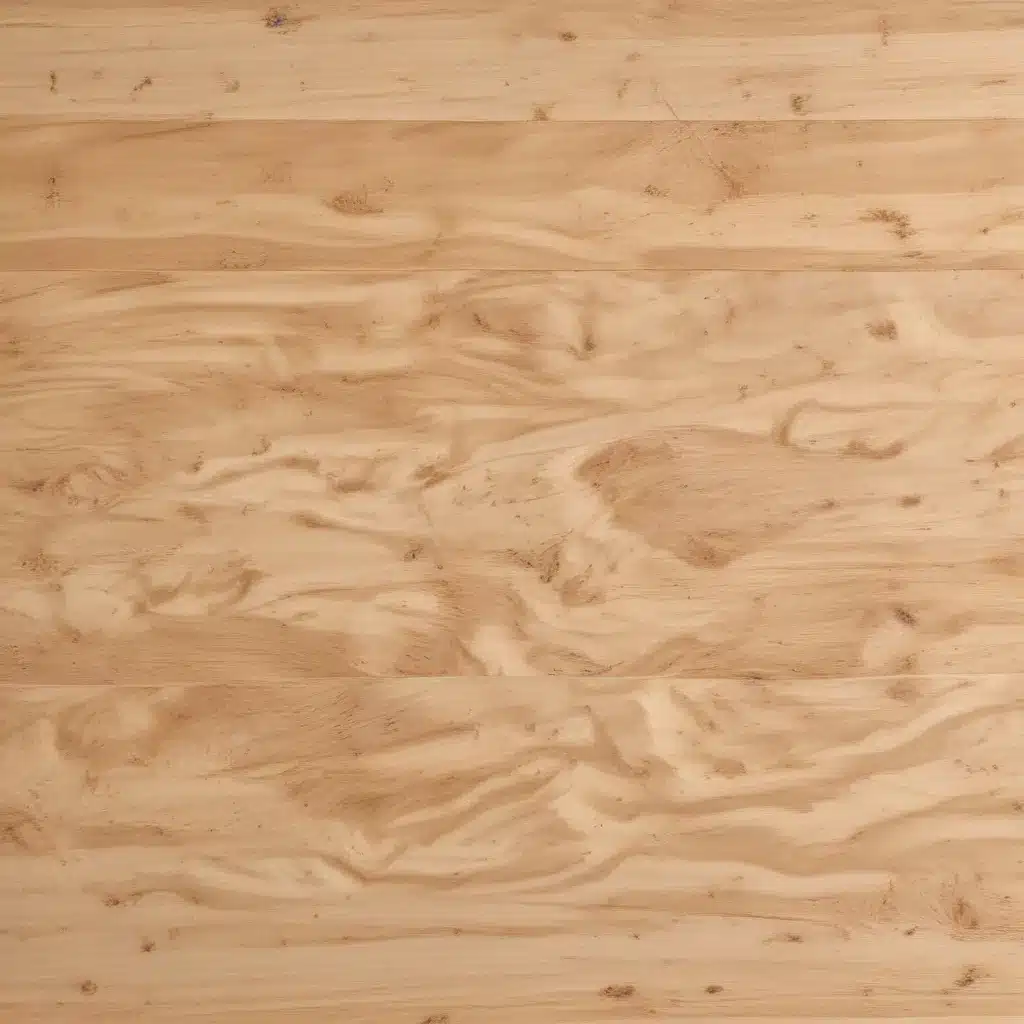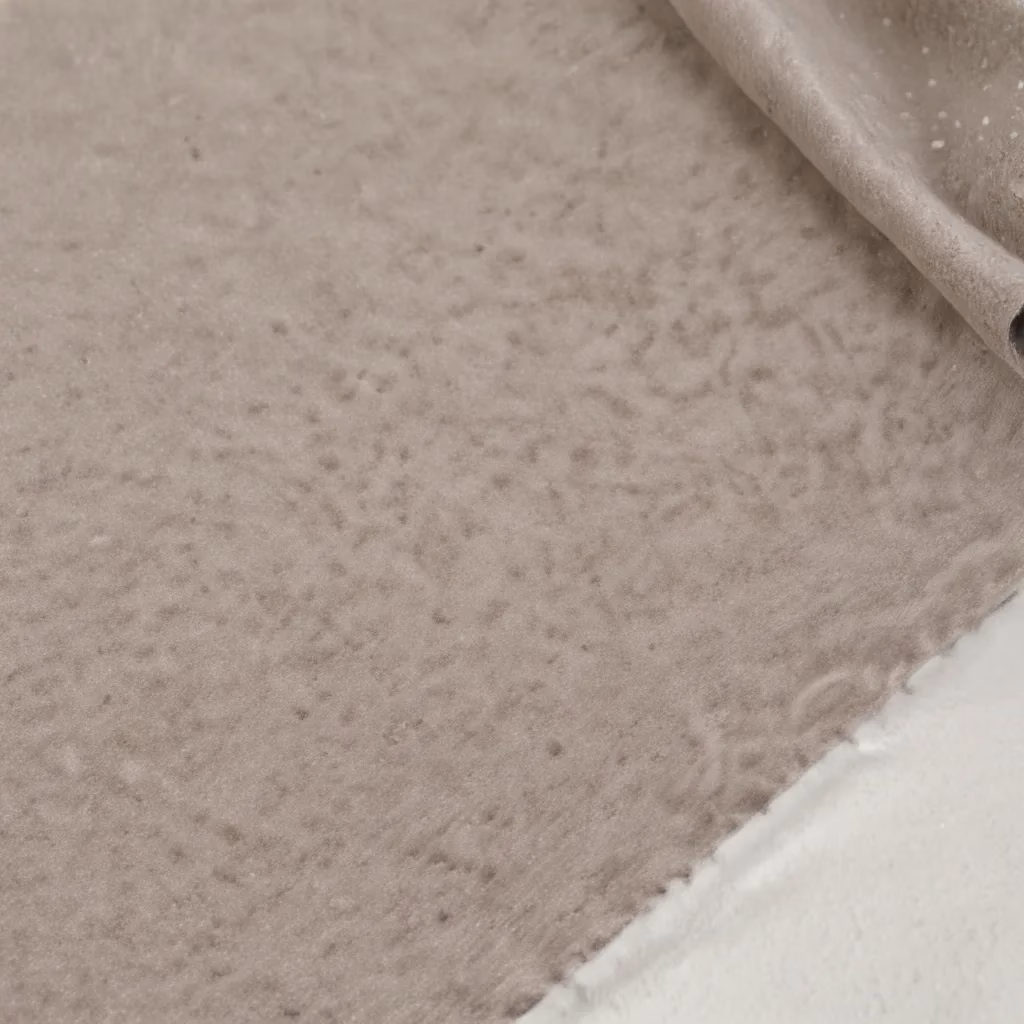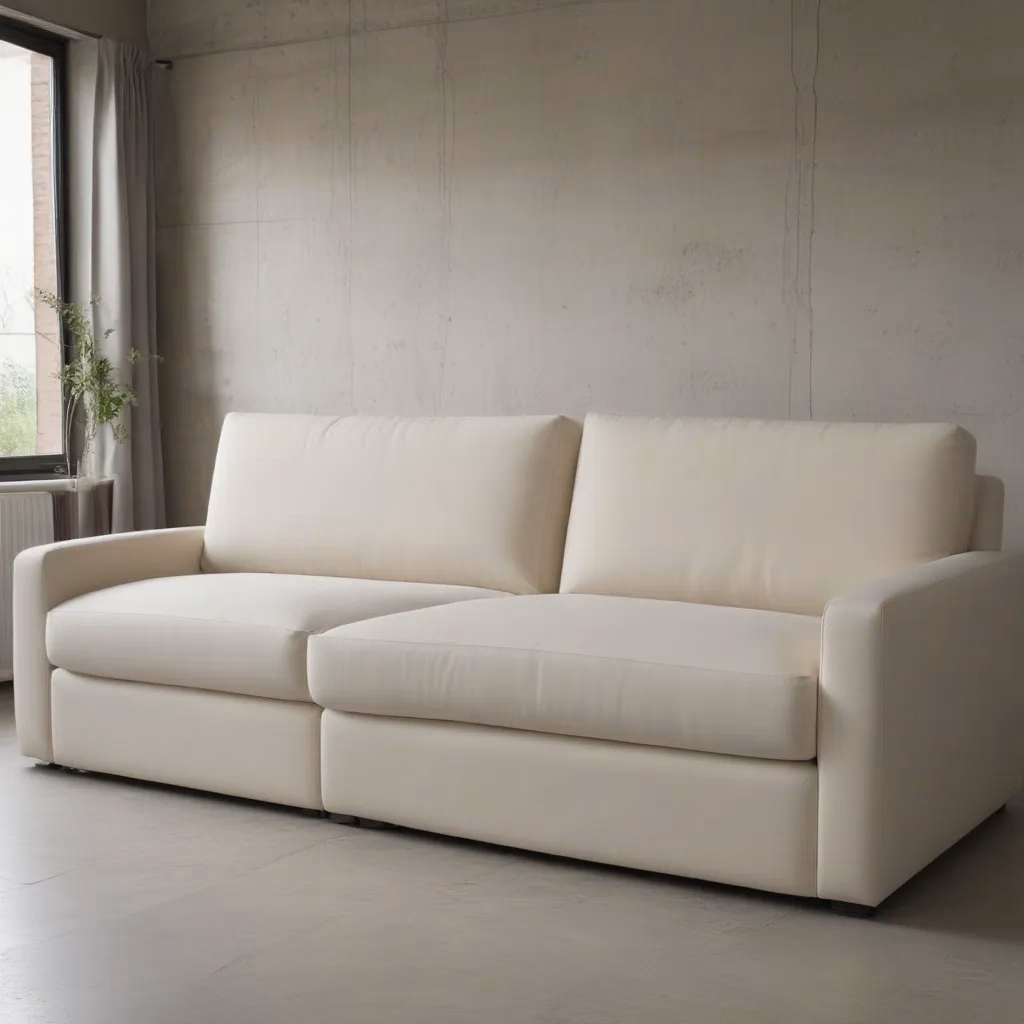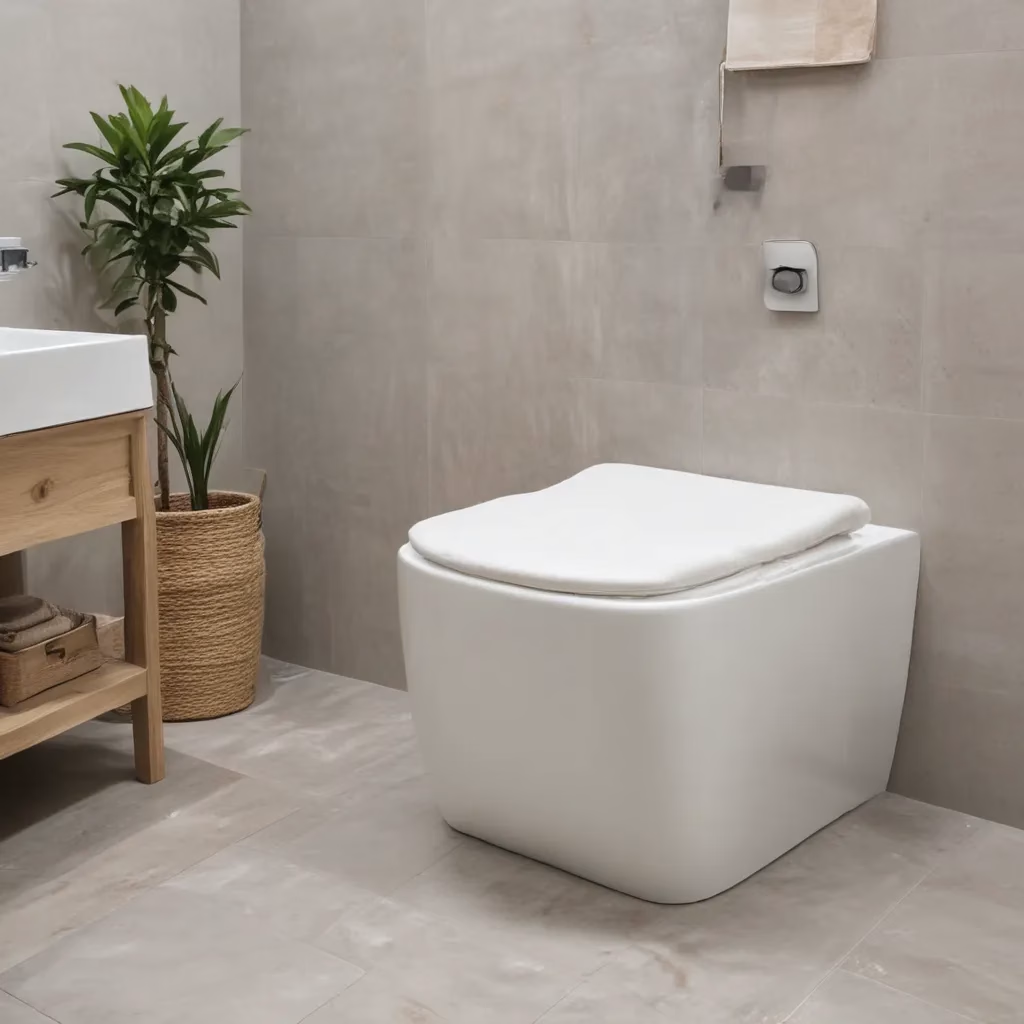
As a furniture specialist with years of experience in the industry, I’ve witnessed firsthand the growing demand for sustainable home furnishings. Today, I’m excited to share my insights on eco-friendly furniture materials that are revolutionizing the way we think about our living spaces.
The Rise of Sustainable Furniture
In recent years, there’s been a significant shift in consumer preferences towards environmentally responsible products. This trend has made its way into our homes, with more and more people seeking out furniture that not only looks good but also aligns with their values.
Have you ever wondered about the environmental impact of your sofa? It’s a question that’s becoming increasingly common among homeowners and interior designers alike. The furniture industry has taken notice, and we’re seeing a surge in innovative, sustainable materials being used in furniture production.
From my experience, this shift isn’t just a passing fad. It represents a fundamental change in how we approach furniture design and manufacturing. Let’s explore some of the most exciting eco-friendly materials that are making waves in the world of sustainable furniture.
Bamboo: Nature’s Wonder Material
Bamboo has quickly become one of the stars of sustainable furniture materials, and for good reason. As someone who’s worked extensively with various furniture materials, I can attest to bamboo’s remarkable properties.
Why Bamboo?
Bamboo is incredibly fast-growing, often reaching maturity in just 3-5 years. Compare this to hardwoods like oak, which can take decades to mature, and you can see why bamboo is such an attractive option for sustainable furniture production.
But it’s not just about growth speed. Bamboo is also:
- Extremely durable
- Naturally resistant to pests and fungi
- Highly versatile in terms of design applications
I’ve seen bamboo used in everything from sleek, modern dining tables to rustic bedroom furniture. Its natural beauty and strength make it a favorite among designers and consumers alike.
Bamboo in Practice
One of my favorite projects involved creating a custom bamboo entertainment center for a client. They were amazed at how the natural grain of the bamboo added warmth to their living room while still maintaining a contemporary feel.
When working with bamboo, it’s important to consider its unique properties. For instance, bamboo expands and contracts less than many other woods, making it an excellent choice for areas with fluctuating humidity levels.
Reclaimed Wood: Giving Old Materials New Life
Another material that’s close to my heart is reclaimed wood. There’s something truly special about incorporating a piece of history into your home through furniture made from repurposed timber.
The Beauty of Reclaimed Wood
Reclaimed wood comes with its own story. Each piece bears the marks of its previous life, whether it’s from an old barn, a decommissioned ship, or a century-old building. This unique character is something that simply can’t be replicated with new materials.
From an environmental standpoint, using reclaimed wood:
- Reduces demand for new timber
- Keeps usable materials out of landfills
- Often requires less energy to process than new wood
Working with Reclaimed Wood
In my experience, furniture made from reclaimed wood tends to be incredibly sturdy. I once refurbished a dining table made from reclaimed oak that was over 100 years old. The wood was still in excellent condition, and with some careful restoration, it became the centerpiece of the client’s home.
When selecting reclaimed wood furniture, look for pieces that highlight the wood’s natural imperfections. These tell the story of the material and add to its charm. However, be sure to check that the wood has been properly treated to ensure its longevity in its new form.
Recycled Plastics: Turning Waste into Wonder
Now, let’s talk about a material that might surprise you: recycled plastics. The idea of plastic furniture might not scream “eco-friendly” at first, but hear me out.
The Environmental Impact
Plastic pollution is a major environmental concern, and finding ways to repurpose this material is crucial. By using recycled plastics in furniture production, we can:
- Reduce the amount of plastic waste in landfills and oceans
- Decrease the demand for new plastic production
- Create durable, long-lasting furniture pieces
Innovative Designs
I’ve been amazed by the innovative ways designers are incorporating recycled plastics into furniture. From colorful outdoor chairs to sleek indoor accent pieces, the possibilities are endless.
One project that stands out in my memory involved creating a set of modular shelving units using recycled plastic panels. The client was initially skeptical about using plastic, but they were won over by the durability, easy maintenance, and modern aesthetic of the finished product.
When considering recycled plastic furniture, keep in mind:
- Look for certifications that verify the recycled content
- Consider the intended use – recycled plastics are particularly well-suited for outdoor furniture
- Don’t be afraid to mix materials – recycled plastics can be combined with other sustainable materials for unique designs
Organic Fabrics: Comfort with a Conscience
No discussion of eco-friendly furniture would be complete without mentioning organic fabrics. As someone who’s spent countless hours advising clients on upholstery choices, I can’t stress enough the importance of considering the materials that come into direct contact with you and your family.
The Benefits of Organic Fabrics
Organic fabrics, such as organic cotton, hemp, and linen, offer several advantages:
- Grown without harmful pesticides or synthetic fertilizers
- Often more durable and longer-lasting than conventional fabrics
- Hypoallergenic, making them ideal for those with sensitive skin
Choosing Organic Upholstery
When selecting furniture with organic upholstery, consider the following:
- Look for certifications like GOTS (Global Organic Textile Standard) to ensure the fabric meets strict organic standards
- Think about the fabric’s durability in relation to your lifestyle – some organic fabrics may require more careful maintenance
- Don’t forget about color and pattern – organic fabrics come in a wide range of beautiful options
I once worked with a client who was adamant about using only organic fabrics in their home due to their child’s allergies. We found a gorgeous organic cotton velvet for their sofa that not only looked luxurious but also provided a safe, comfortable seating option for the whole family.
The Future of Eco-Friendly Furniture
As we look to the future, I’m excited about the continued innovation in sustainable furniture materials. From mushroom-based leather alternatives to 3D-printed furniture made from recycled materials, the possibilities are truly endless.
One trend I’m particularly excited about is the integration of smart technology with sustainable materials. Imagine a sofa made from recycled materials that can also charge your devices or adjust its firmness based on your preferences!
As consumers, we have the power to drive change in the furniture industry by demanding more sustainable options. By choosing eco-friendly furniture, we’re not just making a statement about our personal style – we’re investing in a healthier planet for future generations.
Remember, sustainable furniture doesn’t have to mean sacrificing style or comfort. With the wide range of eco-friendly materials available today, you can create a beautiful, comfortable home that aligns with your values.
If you’re looking to explore eco-friendly furniture options, I highly recommend checking out Sofa Spectacular. They offer a fantastic selection of sustainably-made sofas and other furniture pieces that combine style, comfort, and environmental responsibility.
As we wrap up our exploration of eco-friendly furniture materials, I hope you feel inspired to consider sustainability in your next furniture purchase. Whether you opt for a bamboo coffee table, a reclaimed wood dining set, or a sofa upholstered in organic fabric, you’re making a choice that benefits both your home and the planet.
Remember, every small step towards sustainability counts. So why not start with your next piece of furniture? Your home – and the environment – will thank you for it.



